-
CALL US 0203 883 4777
How VAT for Plumbers in the UK Affects Rising Material Costs and Cash Flow
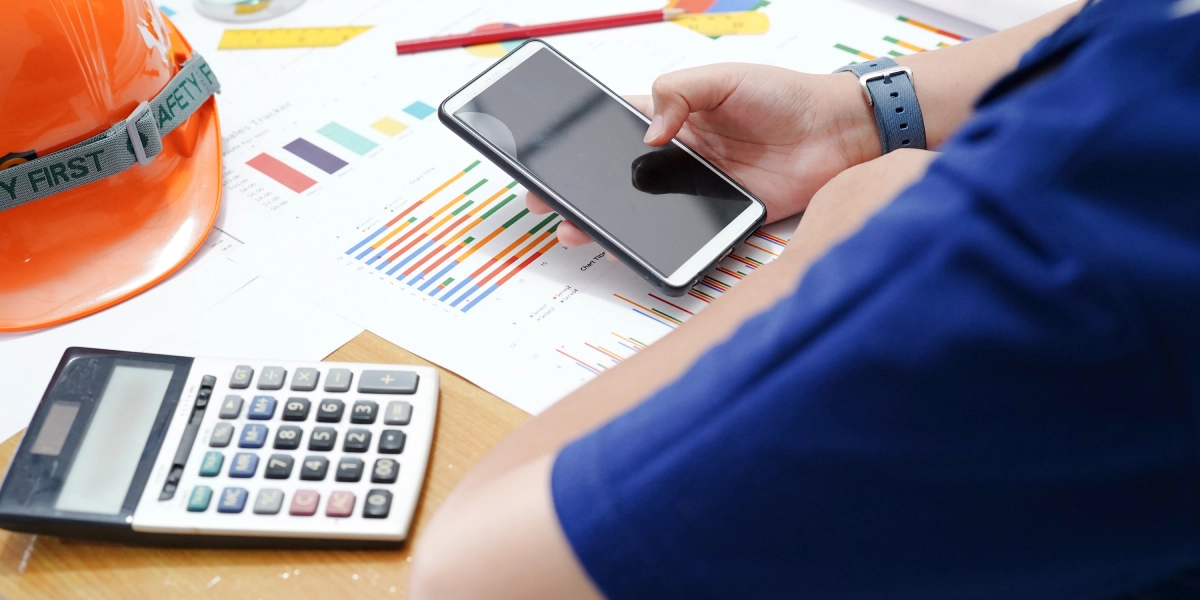
At Apex Accountants, we understand that rising material costs can significantly impact your business, especially for VAT-registered plumbers. As material prices rise, it becomes even more crucial to manage your VAT for plumbers in UK efficiently to protect your cash flow and profitability. In this article, we will outline key strategies to help you navigate these challenges effectively.
Do Plumbers Charge VAT on Materials?
Yes, VAT is generally chargeable on materials used in plumbing services. The standard VAT rate of 20% applies to most plumbing materials and services. As a VAT-registered business, you must add VAT to your invoices for the materials you supply to customers. This is called output VAT, and the amount must be paid to HMRC.
However, it is important to apply the correct VAT rate, as some materials may qualify for reduced or zero-rated VAT.
How to Avoid VAT on Building Materials?
While VAT is typically charged on building materials, there are specific scenarios where it may be reduced or eliminated:
- Zero-Rating for New Builds
If you are working on a new build, both materials and labour are zero-rated for VAT. This applies to the construction of new, self-contained houses or flats. You should not charge VAT on invoices for materials or labour related to new builds.
- Reduced VAT Rate for Qualifying Works
Plumbing work involving energy-saving materials, such as insulation or solar panels, qualifies for a reduced 5% VAT rate. Similarly, conversions or renovations of residential properties may also qualify for this reduced rate, provided the property has been vacant for at least two years.
- 0% VAT for Works for Disabled People
Services provided to a disabled person in their home may qualify for a 0% VAT rate. This includes plumbing work related to adapting the property for disabled access.
Account for Input and Output VAT Accurately
To manage VAT efficiently, you need to properly track both input VAT and output VAT:
- Input VAT: This is the VAT you pay on materials, services, and other purchases related to your plumbing business. You can reclaim this VAT from HMRC, offsetting it against the VAT you collect on your invoices.
- Output VAT: This is the VAT you charge your customers for materials and services. You must remit this VAT to HMRC.
Accurate bookkeeping is essential. Ensure that you keep detailed records of all VAT invoices, including those for materials and services, to claim your input VAT and remain compliant.
Review VAT Accounting Scheme For Plumbers
With rising material costs, it’s a beneficial idea to review your VAT accounting scheme. There are different schemes available that may benefit your business:
- Cash Accounting Scheme
This scheme allows you to account for VAT based on payments made and received, rather than invoices issued. This can help improve your cash flow because you won’t pay VAT to HMRC until you’ve received payment from your customers. However, you can only reclaim VAT on materials once you’ve paid your suppliers.
- Flat Rate Scheme (FRS)
The FRS simplifies VAT by charging a fixed percentage of your VAT-inclusive turnover. For plumbers, the flat rate is typically 9.5% if materials make up more than 10% of your turnover. However, this scheme may not be beneficial if material costs are rising significantly, as you cannot reclaim input VAT on purchases.
If your business is spending more on materials due to rising costs, it may be worth reconsidering whether the Flat Rate Scheme is still the best option for your business.
Apply the Correct VAT Rate for Qualifying Work
Plumbers can apply reduced VAT rates for specific types of work. Applying the correct rate can help you remain compliant and pass on savings to your customers:
- 5% Reduced VAT Rate: This applies to plumbing work involving energy-saving materials (such as insulation and solar panels) and renovations or conversions of residential properties.
- 0% VAT Rate: For new builds or work carried out for disabled individuals, you should apply the zero-rated VAT. This can provide savings to your customers and reduce your VAT liability.
Make sure to keep up to date with HMRC guidelines on VAT rates to ensure compliance.
Utilise the Construction Industry Scheme (CIS) Reverse Charge
If you are a subcontractor working with a main contractor, the CIS reverse charge may apply. This means that the contractor is responsible for accounting for VAT, not the subcontractor. This helps improve your cash flow since you do not have to wait for payment before passing VAT to HMRC.
Ensure that you check the CIS and VAT registration status of all businesses in your supply chain to apply the correct accounting rules.
Review Quoting and Invoicing Practices
To protect your cash flow, it’s important to adopt dynamic quoting and invoicing practices:
- Add a Buffer for Material Price Fluctuations: When quoting a job, it’s wise to incorporate a small buffer (5–10%) to account for material price increases. This helps maintain your profit margins in a volatile market.
- Stage Payments: For larger projects, use stage payments to invoice for materials and labour as the project progresses. This reduces upfront costs and helps with cash flow management.
- Itemise Invoices: Make sure your invoices clearly separate labour costs from material costs. This provides transparency to your customers and helps you manage VAT more effectively.
How Apex Accountants Handle VAT For Plumbers In UK
Rising material costs can be a real challenge for VAT-registered plumbers, but with the right strategies, you can manage VAT efficiently and protect your cash flow. At Apex Accountants, we help plumbers navigate the complexities of VAT by ensuring the correct VAT is applied on building materials, reviewing your VAT accounting scheme, and keeping your records accurate. Our expert advice is tailored to your specific needs, ensuring your business stays compliant while maintaining profitability.
Here’s how we can help:
- Ensure the correct VAT is applied to building materials
- Review your VAT accounting scheme to optimise cash flow
- Keep accurate records and avoid costly mistakes
- Offer tailored advice for your specific plumbing business needs
Contact us today for personalised guidance and to keep your plumbing business on track.
Recent Posts
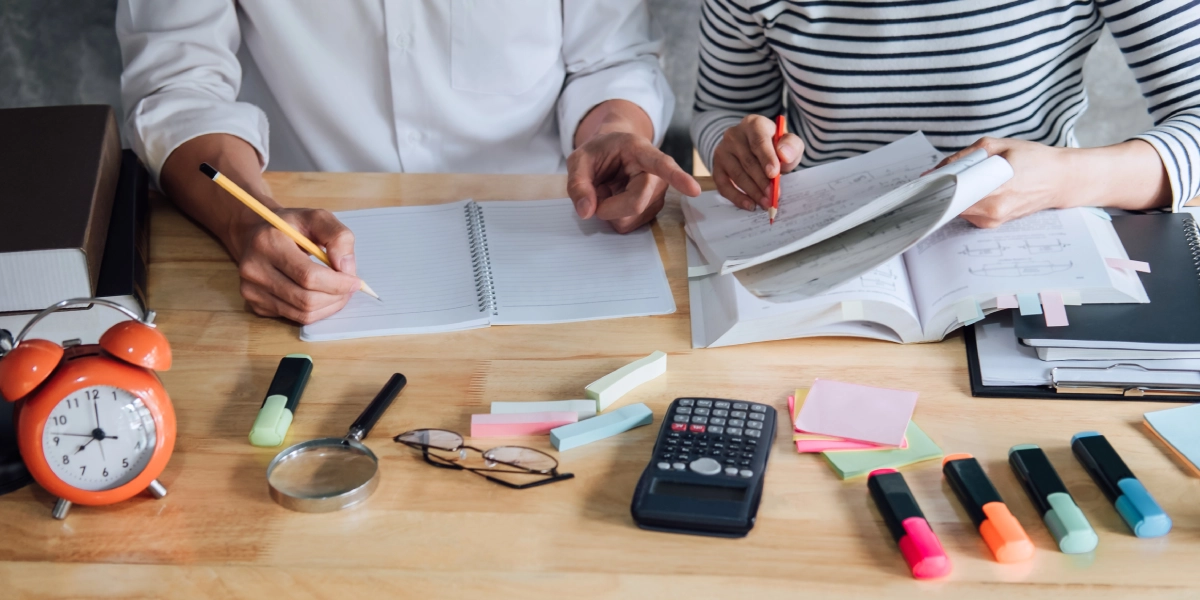
Tailored Tax Planning for Entertainment Agencies and Production Companies
The UK entertainment industry is fast-paced and financially complex. From film and theatre to digital media and music, every project...
Preparing Annual Accounts For Consultancy Businesses Ahead of 2026 Reforms
Annual accounts for consultancy businesses in 2026 are set to change significantly. New rules from Companies House, HMRC and the...
Employee Share Plans for Consultancy Businesses: A Strategic Blueprint
In a consultancy business, success depends on people. Retaining skilled consultants, rewarding contribution, and encouraging long-term commitment are vital for...
How Artificial Intelligence in Accounting and Tax Is Changing UK Finance
The financial sector is undergoing rapid transformation. Artificial intelligence (AI), blockchain (distributed ledger technology, or DLT), and quantum computing are...
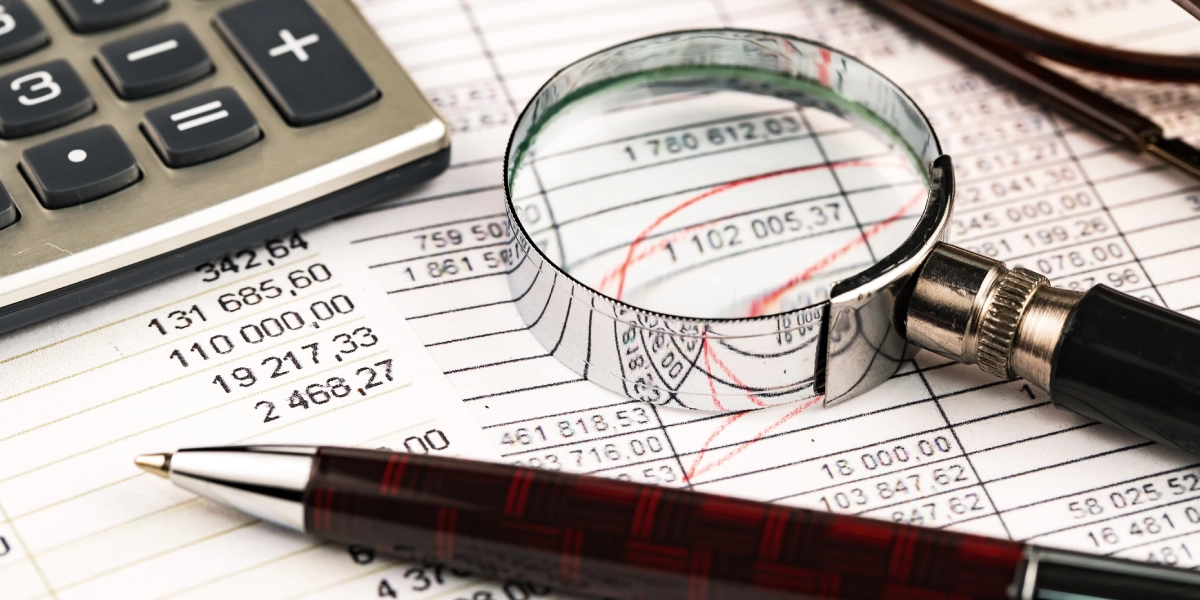
HMRC Tax Investigations for Entertainment Sector: Key Triggers and Prevention Tips
The UK entertainment industry spans film, music, theatre, and digital media — each with complex income streams, licensing rights, and...
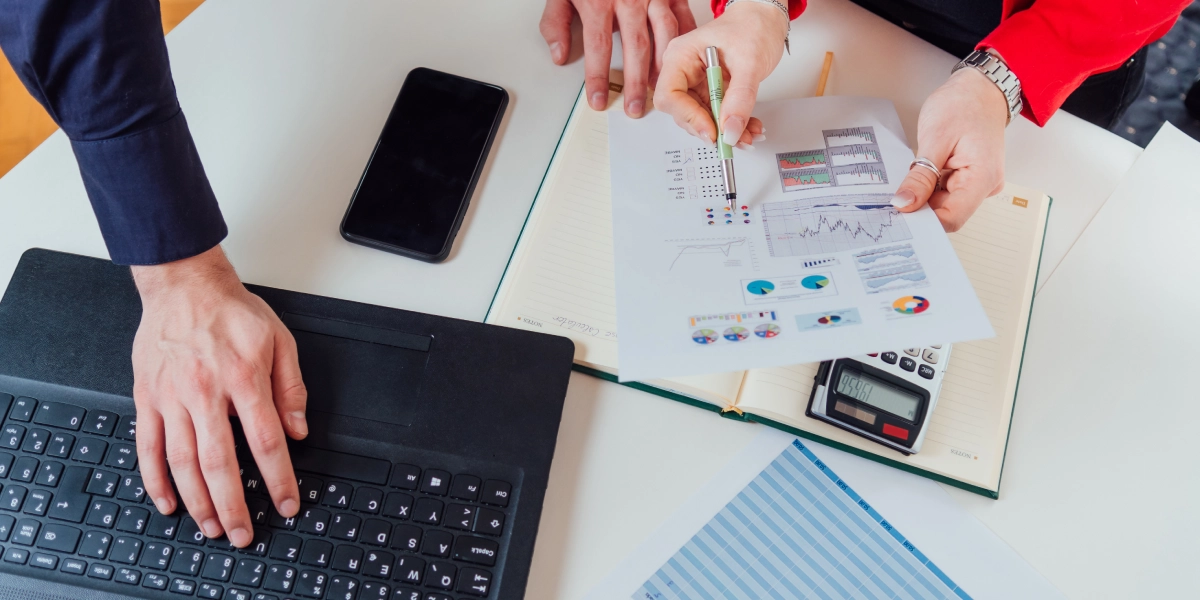
How Outsourced Accounting for Entertainment Companies Is Changing the Industry
The UK entertainment industry covers film, television, theatre, music, and digital media. It is creative but financially unpredictable. In 2024,...
Understanding Tax Relief for Museums and Cultural Organisations
Museums and galleries remain central to the UK’s cultural life, yet many operate with tight budgets and unpredictable funding. Tax...
Comprehensive Accounting for Museums to Strengthen Governance and Compliance
Running a museum involves more than curating exhibitions — it requires disciplined financial oversight and strict compliance with charity regulations....
Tailored Accounting and Bookkeeping for Art Restoration Businesses
Art restorers and conservation studios preserve heritage while managing the pressures of running a business. Balancing artistry with administration is...
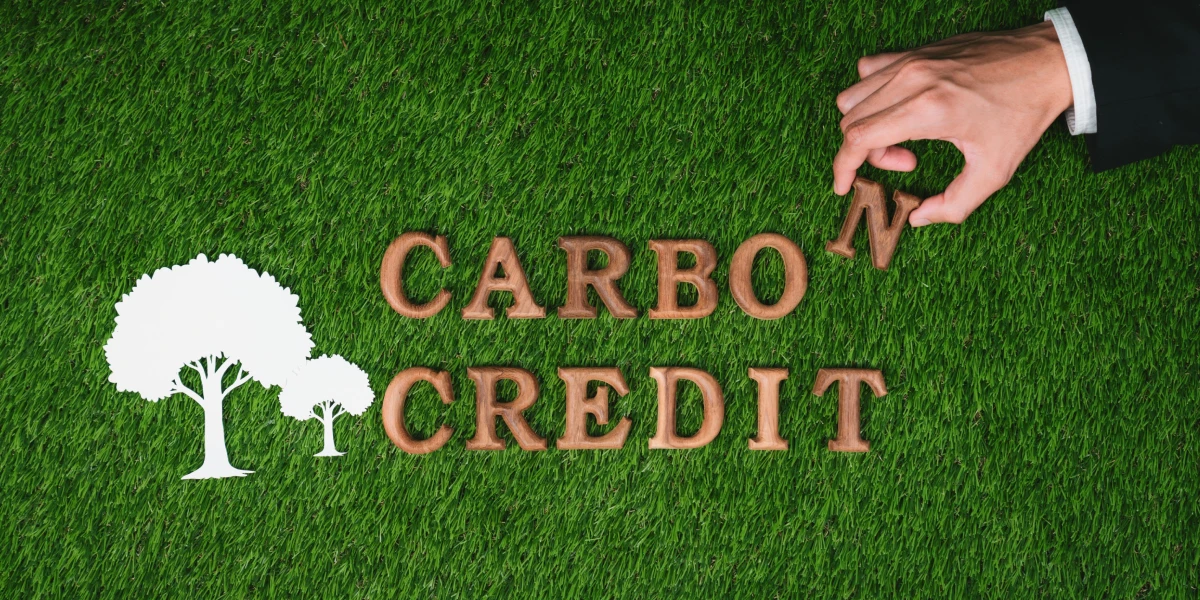
Tax Treatment of Carbon Credits for Sustainable Agriculture: Income or Capital in 2026?
The UK government’s goal of reaching net-zero by 2050 has sped up the growth of both compliance and voluntary carbon...
